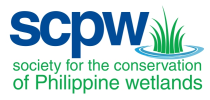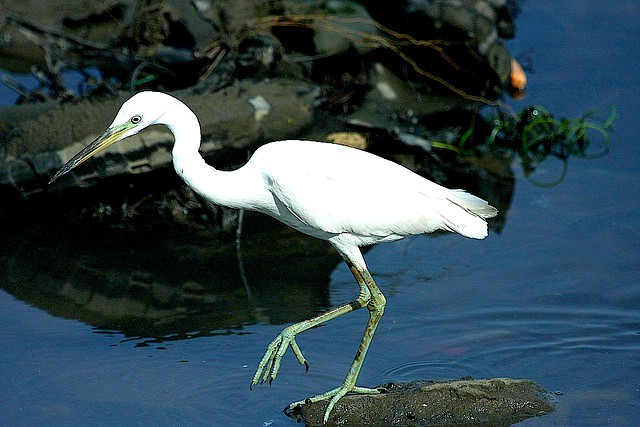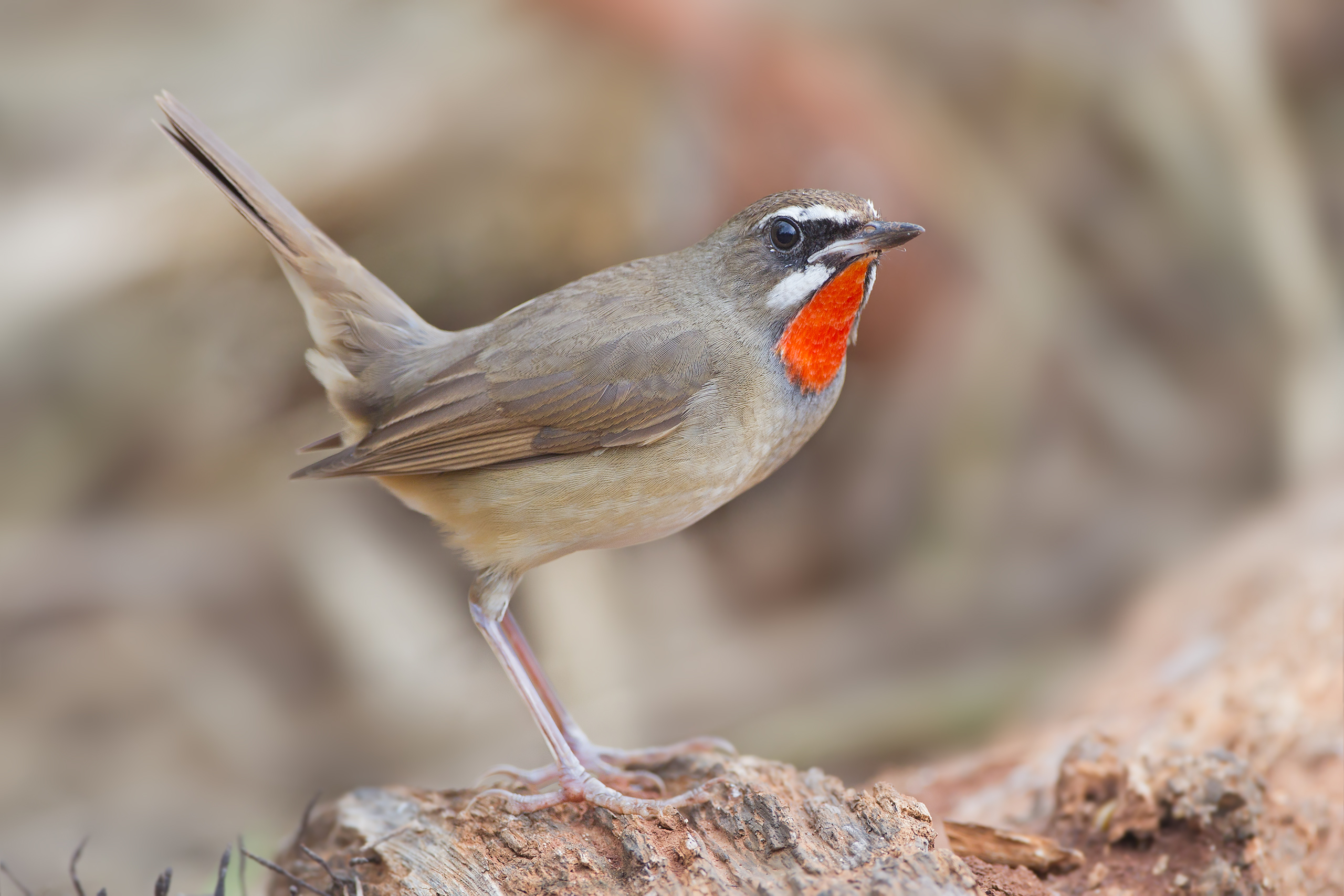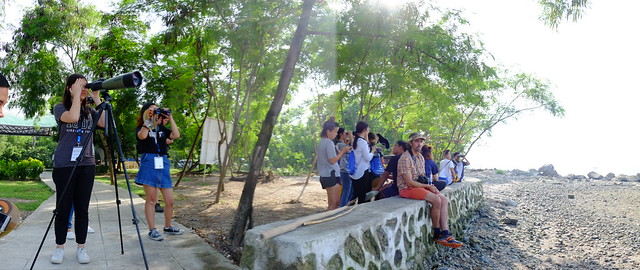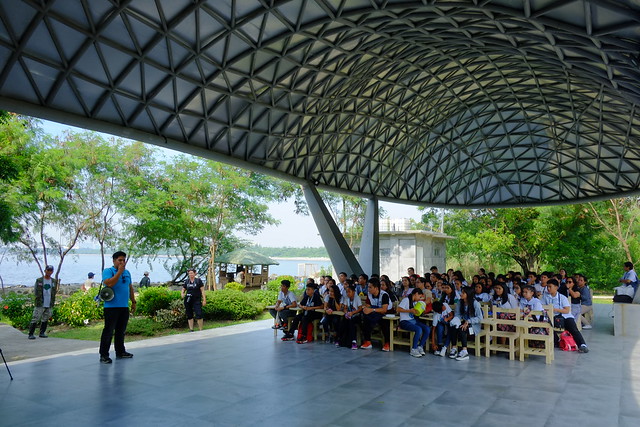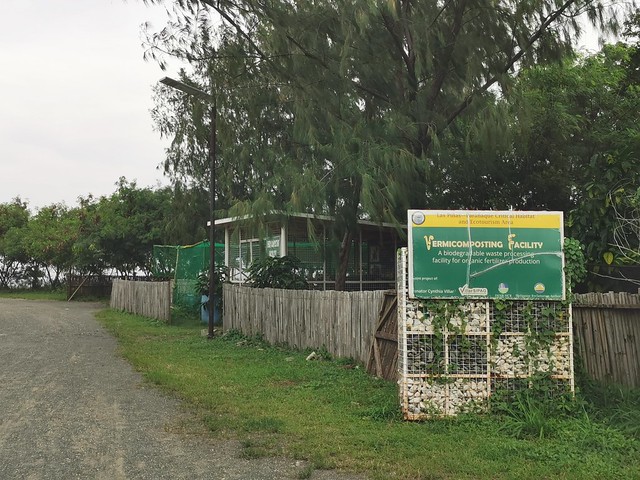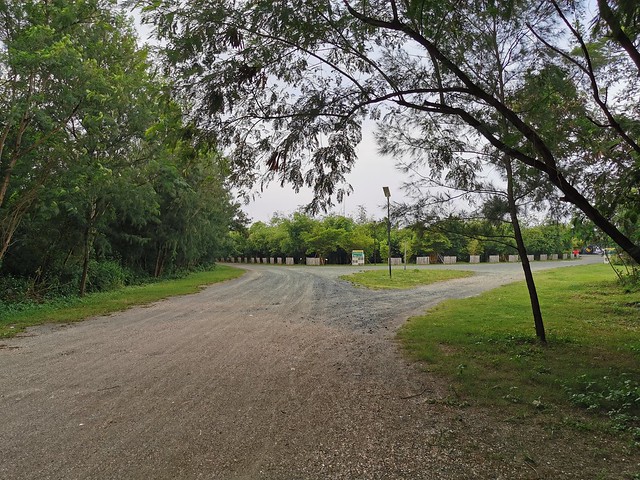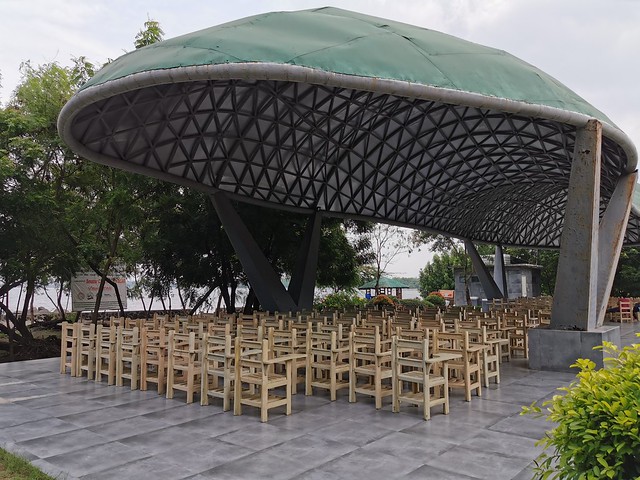The LPPWP (formerly LPPCHEA) Wetland Center
The LPPWP (formerly LPPCHEA) Wetland Centre Complex is a group of structures that serves to communicate the conservation and wise use of the mangrove and other wetland areas in the 181.63 hectare area that composes the LPPWP protected area. The Wetland Centre also serves as a venue to educate the general public on the value of wetlands to society in general and of the LPPWP to nearby communities in particular. The Wetland Education Learning centre comprises several structures that house the different activities that maximise the participation of visitors and help to increase awareness of the conservation and wise use of wetlands.
The LPPWP (formerly LPPCHEA)
The Las Piñas – Parañaque Wetland Park (LPPW), formerly known as the Las Piñas – Parañaque Critical Habitat and Ecotourism Area (LPPCHEA) is a 181.63-hectare protected area located between the coordinates 14.481158, 120.971586 and 14.502763, 120.988237 or the southwest portion of Metro Manila and Manila Bay. The LPPWP is divided into 2 main landmasses: Long Island is at the southwest portion of the LPPWP in Las Piñas City and Freedom Island is at the northeast part in Parañaque City. Predominantly covered by mudflats, the LPPWP also has brush, grass, beach, dirt, and mangrove areas. Mangroves are the most prevalent plant species (8 species in total) in the area covering about 30 hectares.
Around 114 hectares of mudflats surrounding mangrove areas provide the opportunity for sources of food for about 5,000 birds per day. The count of different bird species range from 54 from the Department of Environment and Natural Resources – National Capital Region (DENR-NCR) to 80 bird species by the Wild Bird Club of he Philippines. Of these bird species, The Philippine Duck (Anas luzonica) and Chinese Egret (Egretta eulophotes) are vulnerable or is likely to become endangered unless the circumstances threatening its survival and reproduction improve. Also noteworthy are the Black-Winged Stilts (Himantopus himantopus) population in the LPPWP which is estimated at about 1% of the total global population of Black-Winged Stilts. Twenty-nine migratory bird species were counted by DENR-NCR as migratory including the Siberian Rubythroat (Luscinia calliope). The LPPWP lies within the migration path of migrant birds escaping the harsh Siberian Winter. Migratory birds feast on mudflat species from August to April.
The LPPWP is the first critical habitat established in the country through a President Proclamation. Proclamation 1412, issued on 22 April 2007, formally established the Las Piñas-Parañaque Critical Habitat and Ecotourism Area (LPPCHEA). Another Presidential Proclamation, No. 1412-A, directs all relevant departments and instrumentalities under the executive branch to ensure the preservation of existing mangrove, mudflats and ecosystems in the area defined under Proclamation 1412. Additionally, Republic Act 9147 (Wildlife Resources Conservation and Protection Act) provides legal protection as a critical habitat of areas where “threatened species are found” and moves to protect it “from any form of exploitation or destruction which may be detrimental to the survival of the threatened species dependent therein”. Additionally, Section 94 of the Fisheries Code of 1998 (Republic Act 8550) makes the conversion of any mangrove area into fishponds or “any other purposes” unlawful. The Supreme Court Mandamus on Manila Bay; resolution expresses: “judgment is hereby rendered ordering the abovenamed defendant-government agencies to clean up, rehabilitate, and preserve Manila Bay, and restore and maintain its waters to SB level (Class B sea waters per Water Classification Tables under DENR Administrative Order No. 34 [1990]) to make them fit for swimming, skin-diving, and other forms of contact recreation.”
The LPPCHEA is now part of the National Integrated Protected Areas System (RA 7586) through the Expanded NIPAS Act of 2018 (RA 11038) – now called the Las Piñas – Parañaque Wetland Park (LPPWP). The Head of the Senate Committee on the Environment, Senator Cynthia A. Villar had this to say about the ENIPAS:
“The Philippines’ rich biodiversity is a source of pride and joy for all of us Filipinos. We actively protect and strongly defend the breadth and depth of our territories to ensure that the future generation of Filipinos will still have the opportunity to take pride and find joy in our country’s rich biodiversity,”
In relation to these national laws and regulations, the Philippines is party to several international treaties which bind the government to protecting LPPCHEA. These include the Convention on Migratory Species (CMS 1994), the Convention on Biological Diversity (CBD 1992), Convention on International Trade of Endangered Species of Wild Fauna and Flora (CITES 1973), and International Convention on the Conservation of Wetlands (Ramsar, 1971). The CMS is an agreement that endeavours parties to work together in the protection of migratory species among states within their migration routes; the CBD is a treaty aimed at conserving “biological diversity, the sustainable use of its components and the fair and equitable sharing of the benefits arising out of the utilization of genetic resources”; the CITES or Washington Convention is a multilateral treaty that aims to ensure that trade of wild animals and plants across signatory countries does not threaten the survival of the species in the wild; and the Ramsar Convention is an environmental treaty that provides framework for national action and international cooperation for the conservation and wise use of wetlands and their resources in member countries.
Sources:
Saving the Last Coastal Frontier: Framework Plan for the Coastal Lagoons of Las Piñas and Parañaque. DENR-NCR. Unpublished.
Photographs by Ken Billington, Andrew Siani, and Alessandro Musicorio
The Las-Piñas – Parañaque Wetland Park
The establishment of Las-Piñas – Parañaque Wetland Park at LPPCHEA will serve as scientific, recreational, and education centre where residents of Metro Manila and of other regions can learn about the local, national, and global importance of wetlands in the country. Its implementation is spearheaded by the Department of Environment and Natural Resources – National Capital Region, Tourism Infrastructure and Enterprise Zone Authority, Villar SIPAG, and the Society for the Conservation of Philippine Wetlands (SCPW). A Wetland Centre will be established inside the Park which will be the place where interaction between people and nature happens and CEPA (communication, education, participation and awareness) activities occur in support of wetland conservation. The SCPW Design Team, in particular, crafted the design for the park.
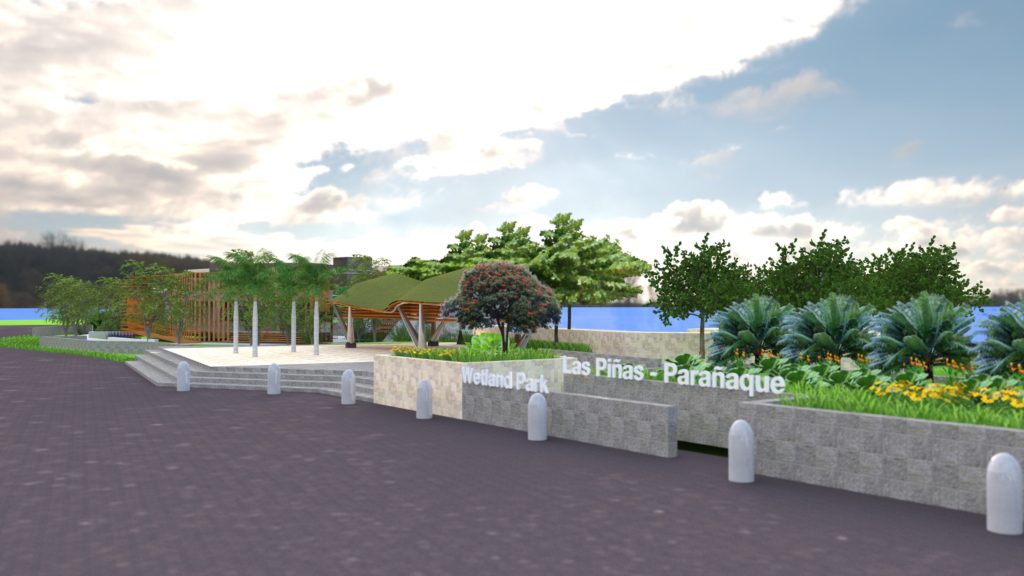
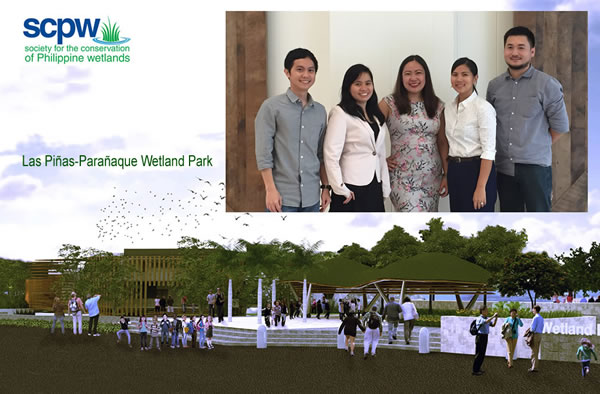
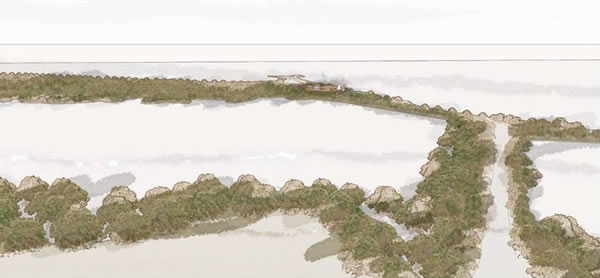

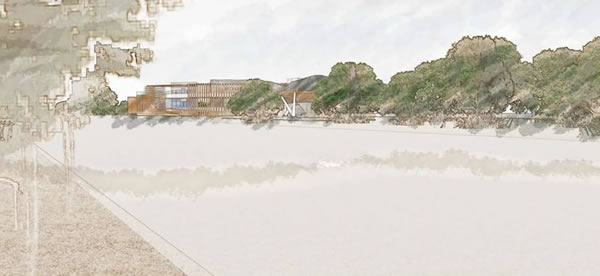
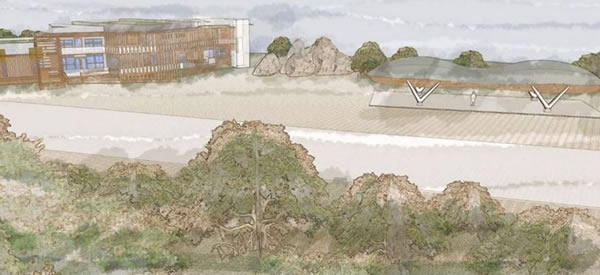
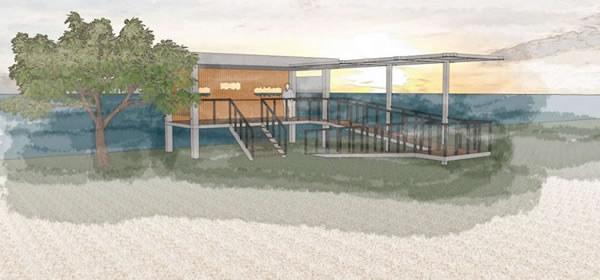
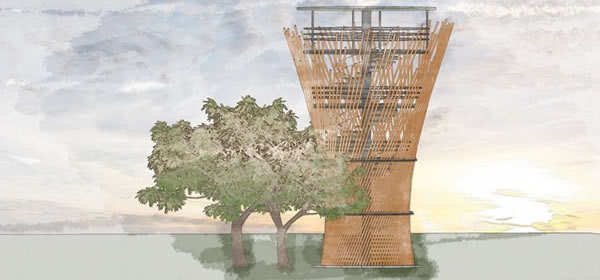
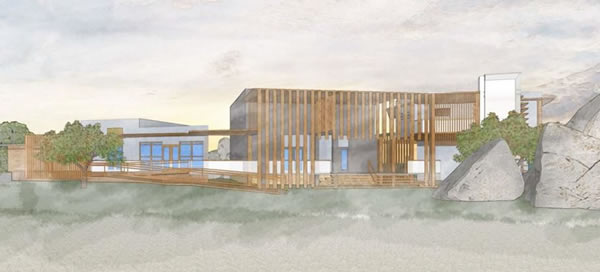
Touring the Las Piñas Parañaque Wetland Park
The SCPW can assist you or your group if you are interested in visiting the Las Piñas Parañaque Wetland Park (LPPWP). You may email us so that we can assist in planning for a visit to this natural wonder in the midst of urban Metro Manila.
What are some of the amenities that you can visit there? Here are some of the things you can look forward to when visiting the wetland park:
Educational nature tours to the Las Pinas Paranaque Wetland Park can last an entire day to just half a day. This depends on the activities that you wish to do on site. Experts at the SCPW can assist you in designing the best tour for your group. We have tours suited for children, high school and college students, professionals, scientists, policymakers, politicians and leaders, the elderly, and more. Advance planning is required as a permit is required to enter the park – it is not yet open for the public.
